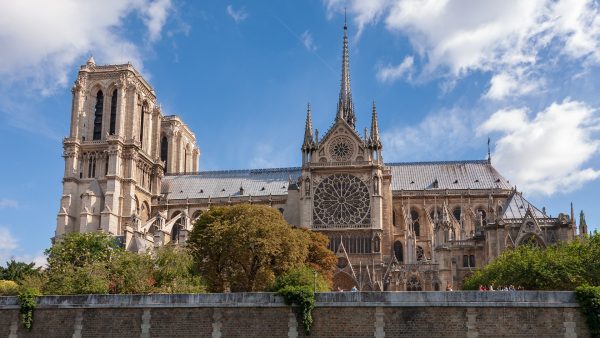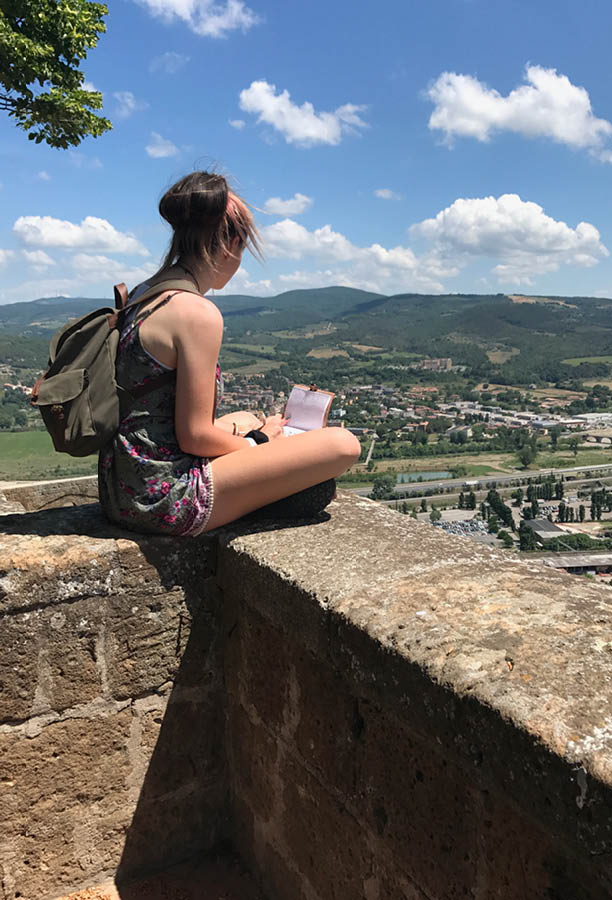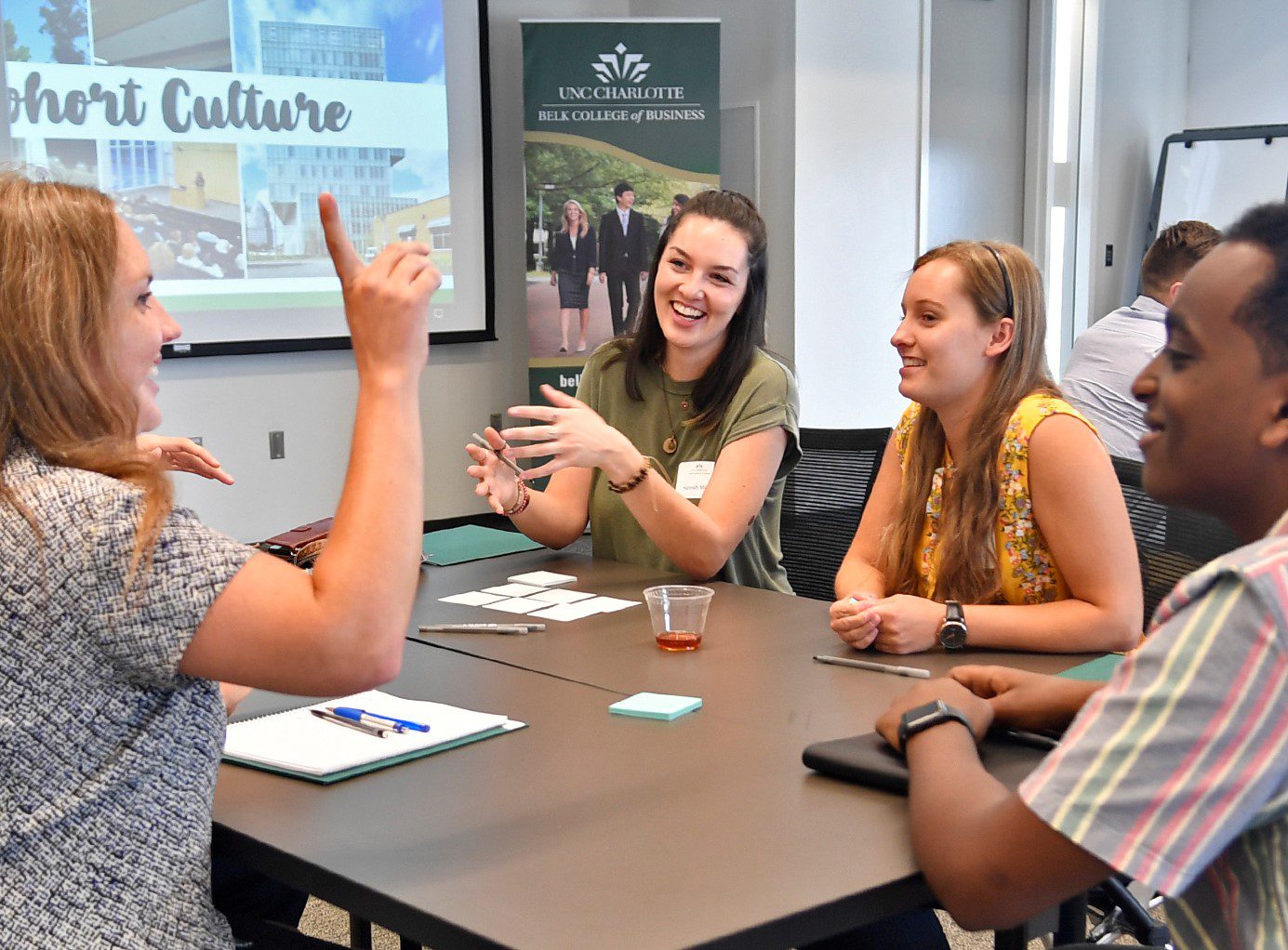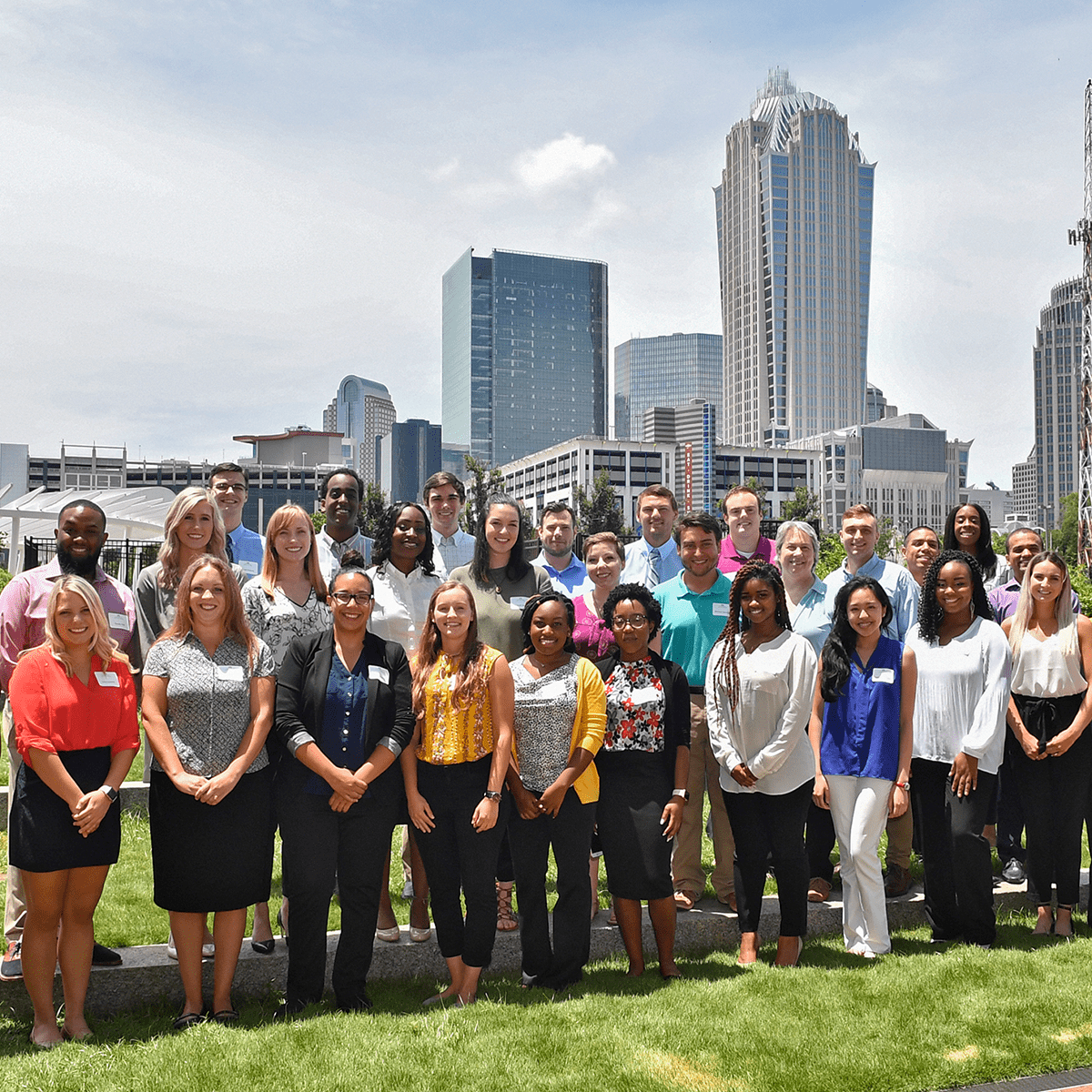Considering Notre-Dame

The diverse backgrounds of Belk College of Business students provide them a broad and creative foundation toward problem-solving in the professional world.
While they are trained in the acumen of economics, analytics and negotiations, our graduate students, in particular, are also able to apply their own lens to address business challenges. Layering their advanced degree of academic knowledge atop their own passion and perspective, these students analyze current issues with a deeper level of insight.
As a timely example, our students consider the world-stage events of April 15, 2019: the disastrous fire in the Notre-Dame cathedral. Currently, business minds across the globe are studying this tragic event. As is expected, one may immediately look at this tragedy from an insurance loss perspective while others are already outlining the speculated steps toward rebuilding. In addition to such business skills, Belk College M.S. in Management students are also being taught how to layer their own personal purpose into that analysis process.
The following presents the perspective and purpose of one such M.S. in Management student as she reflects on the Notre-Dame fire.
A Tribute to The Notre-Dame AND to Art History Itself
The Notre-Dame cathedral saw great tragedy on April 15, 2019 after having stood in éclat for over 600 years. Thousands of Parisians and foreigners alike gathered to pay homage to a cultural French landmark. Spectators around the globe mourned the fall of the gothic-era monument, however, many may not have realized exactly what this cathedral represented. What historic markers like these truly represent is the value and significance of art history. And you should care about it. But you might think, what does art history have to do with me? Actually, everything.
“What historic markers like these truly represent is the value and significance of art history. And you should care about it.”
– Hannah Milillo
You are living art history every day and participating in the formation of culture. Your interactions with others and with nature and the words and art you choose to create are the very definers of the 21st century. Art and art history are not confined to any boundaries, and the likelihood you’ve created anything artistic without noticing is quite high. It’s also likely that you haven’t realized the breadth of art history’s many identities.
I get it. The word “history” sounds old and dry. But it’s not just an analog of dates and ancient, crumbling buildings. The history of art isn’t simply admiration for marble statues and busts of old monarchs. It isn’t standing before an 18th century neoclassical Jacques-Louis David oil painting amongst elite scholars with their forefingers on their mouths who communicate only with an utterance of “hm”.
It’s more so a cultivation, an appreciation and an authentic expression of the very founders of culture: it’s about people. Art history is rich in story, tradition, creation and camaraderie — and yes, some of that does include centuries-old traditional paintings (which many people happen to appreciate, one of them being myself).
“we are among a very lucky species in which we are able to feel with words, communicate with paintings, think with music and listen with our cerebral brains.”
– Hannah Milillo
My point is, we are among a very lucky species in which we are able to feel with words, communicate with paintings, think with music and listen with our cerebral brains. Our cultural landmarks, societal traditions and richest memories are shaped by those willing to stand bold enough in the face of the mundane and think I will appreciate life. Most of everything that’s tangibly good in life was all defined by the contributors to years and years of art history.
“It’s a privilege to share my life purpose with others as a profession.”
– Hannah Milillo
In its purest form, art history is the embodiment of culture and people. And in a society growing as fast as ours, it’s easy to overlook eras of established history and tradition. But I’m a firm believer in finding lessons in adversities. So, just as the gold cross at the altar of the Notre-Dame remained despite the destruction of flames around it, we, too, can find solace in this temporary misfortune.
“I’m a firm believer in finding lessons in adversities. So, just as the gold cross at the altar of the Notre-Dame remained despite the destruction of flames around it, we, too, can find solace in this temporary misfortune.”
– Hannah Milillo
ARTICLE WRITTEN BY hannah miliLlo, M.S. in MAnagement, ‘19
Hannah Milillo is pursuing a Master of Science in Management degree. After completing an art history degree from UNC Charlotte in 2018, Milillo recognized the need to enhance her fine arts background with advanced studies in business management. That led her to pursue Belk College’s M.S. in Management.





